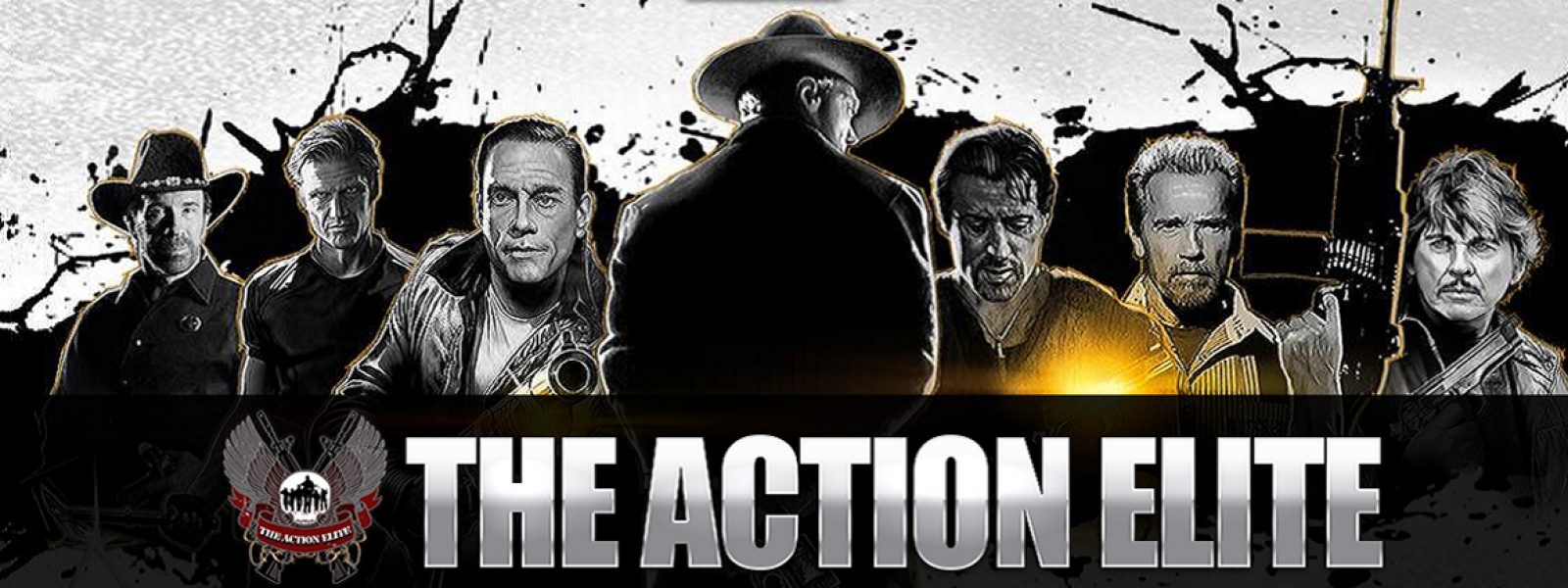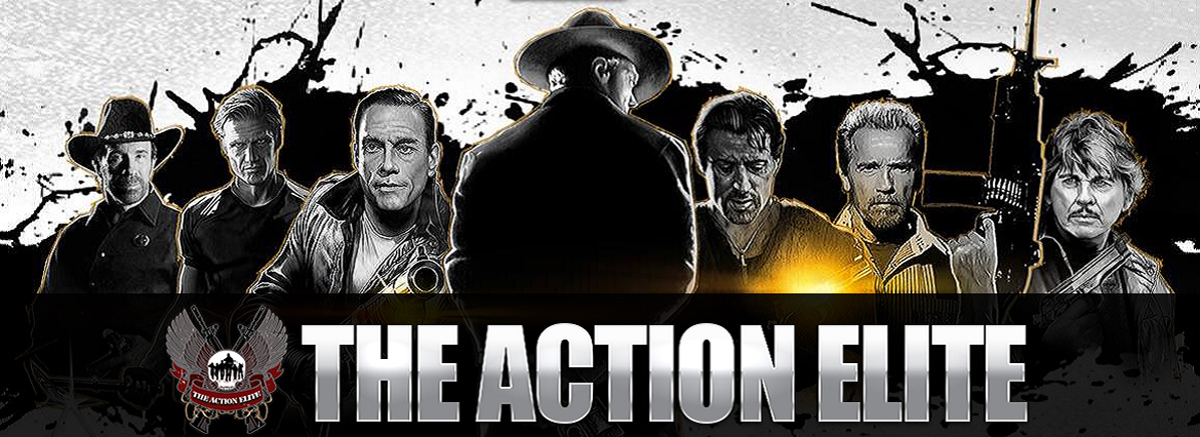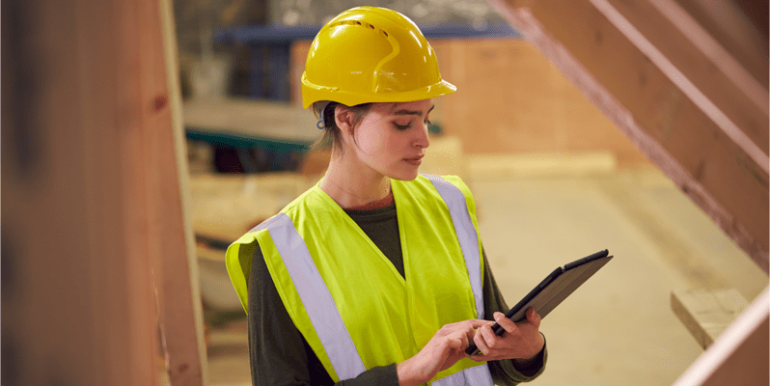When we think of the magic of movies, we think of the special effects, the performances, the stunts that keep us glued to the screen. But behind every iconic scene and memorable moment, there’s a world of planning that goes unseen. One of the most important — and often overlooked — aspects of filmmaking is health and safety training.
Film sets are vibrant, dynamic places. They’re filled with heavy equipment, busy crews, intricate lighting rigs and sometimes even wild animals or explosive special effects. All these elements combine to create an environment where creativity thrives, but risks can multiply quickly. That’s why health and safety training for the movie industry is crucial. This invisible backbone keeps every production running smoothly, efficiently and most importantly — safely.
Laying the Groundwork: Preproduction Safety Planning
Before a single frame is captured, before the director calls “action” and even before the actors arrive on set the groundwork for safety is already being laid. The preproduction phase is where it all starts and where health and safety must be front and centre.
Risk Assessment
During this phase, the production team will perform risk assessments. They go through every location, equipment, and planned stunt to identify potential hazards. Is the terrain uneven? Are there scenes with fire or water? Are there electrical risks from lighting setups? Every detail matters, and nothing is left to chance.
Health and Safety Training
Next comes health and safety training for the whole cast and crew. Training isn’t just a box-ticking exercise — it’s about equipping everyone with the knowledge and skills to recognise and deal with on-set risks. From the lead actor to the newest production assistant, everyone has to know what to do if something goes wrong.
Emergency Planning
Finally, emergency planning is put in place. Clear protocols are established so that everyone knows exactly what to do if an accident or unexpected incident occurs. This includes everything from evacuation procedures to first aid plans.
The more proactive the safety planning is, the fewer surprises there will be when the cameras start rolling. Even the smallest steps — like checking the stability of set structures, looking for trip hazards or making sure heavy equipment is secure — can prevent accidents before they happen. A quick safety check at the start of each shooting day can determine missed issues during the initial planning.
Staying Safe When the Cameras Roll
Once shooting starts, safety becomes a daily habit. On-set safety is not just about protecting individual crew members but also about avoiding costly delays and the whole production process.
Some of the key safety practices include:
– Equipment Handling: Cameras, lighting rigs and other gear can be heavy and cumbersome. Make sure everyone knows how to use this equipment safely to prevent injuries.
– Communication: Safety briefings don’t have to be long, but they need to be effective. Everyone should know the day’s risks and what to do in an emergency.
– Environmental Awareness: Whether filming in a remote forest, a busy city street or a cramped indoor set, understanding the specific risks of each environment is key.
Crew members must always be aware of their surroundings. Outdoor shoots can have uneven ground, unpredictable weather or even wildlife. Indoor sets can have ventilation issues, electrical wiring or structural integrity problems.
Another factor that can’t be ignored is fatigue. Long shooting days and physically demanding scenes can take a toll on everyone. Exhaustion can lead to mistakes, so make sure to encourage regular breaks, proper hydration and general fatigue awareness. A well-rested crew is a safer crew.
Managing High-Risk Scenes: Stunts, Special Effects and More
Some of the most exciting moments in cinema come from high-octane stunts, jaw-dropping special effects and scenes filmed in extreme environments. But these are also the moments when safety risks are at their highest — and when specialised safety training is non-negotiable.
High-risk areas that require extra attention include but are not limited to:
– Pyrotechnics and Fire Effects: These look great on screen but require rigorous planning and strict protocols. Fire marshals, safety officers and clear emergency plans are a must.
– Working at Heights: Whether it’s an actor suspended from a harness or a camera operator on scaffolding, working above ground level demands proper training and equipment.
– Water Safety: Filming in or around water introduces a whole new set of risks. Lifeguards, flotation devices and specialised training are required whenever lakes, rivers or pools are involved.
Stunt performers and special effects teams go through extensive premier training to make sure every move is calculated, and every risk is minimised. It’s not just about wearing the right safety gear—timing, coordination and strict adherence to protocols is what makes these scenes possible without injury. Even simple stunts — such as a chase through a busy street or a quick jump over a barrier — can be dangerous if not planned and rehearsed properly. No detail is too small when it comes to safety.
For the Unexpected: Emergency Planning
Accidents can still happen despite the best planning and training. That’s why emergency planning is key to health and safety in film.
Key elements of emergency readiness include:
– First Aid and Medical Assistance: Having trained first aiders on set means immediate care is available if someone gets hurt.
– Fire and Evacuation Procedures: Clear, practised plans for getting everyone to safety in the event of a fire or other emergency are essential.
– Incident Reporting: Documenting accidents and near-misses helps identify patterns and prevent future incidents.
A crew ready for emergencies can react quickly and confidently, minimising harm and keeping the production on track. When everyone is adequately trained in health and safety, a potentially chaotic situation can be managed calmly and easily.
Creating a Safety Culture
Health and safety training isn’t just about following rules — it’s about making safety part of everyday life on set. When everyone looks out for each other, the whole production benefits.
Ways to foster a safety-first culture include:
– Regular Training Updates: As industry standards change, so should safety practices. Ongoing training keeps everyone up to date.
– Open Communication: Encouraging crew members to speak up about safety concerns or suggest improvements creates a safer environment.
– Comprehensive Onboarding: Every new team member should receive full safety training before stepping onto the set.
Simple things — such as ensuring emergency exits are clearly signed or assigning safety officers to each department — can make a big difference. When safety becomes second nature, creativity can flourish without unnecessary worry.
The Bottom Line: Putting People First
At the end of the day, the heart of every film is the people who make it happen. Health and safety training means everyone can focus on their job without fear, from the biggest star to the newest crew member.
The movie industry can create amazing stories and protect everyone involved by putting safety first at every stage, from preproduction to the final wrap. So next time you watch a blockbuster or indie film, remember that behind every scene is a team trained, prepared and looking out for each other. That’s the real magic of the movies.






